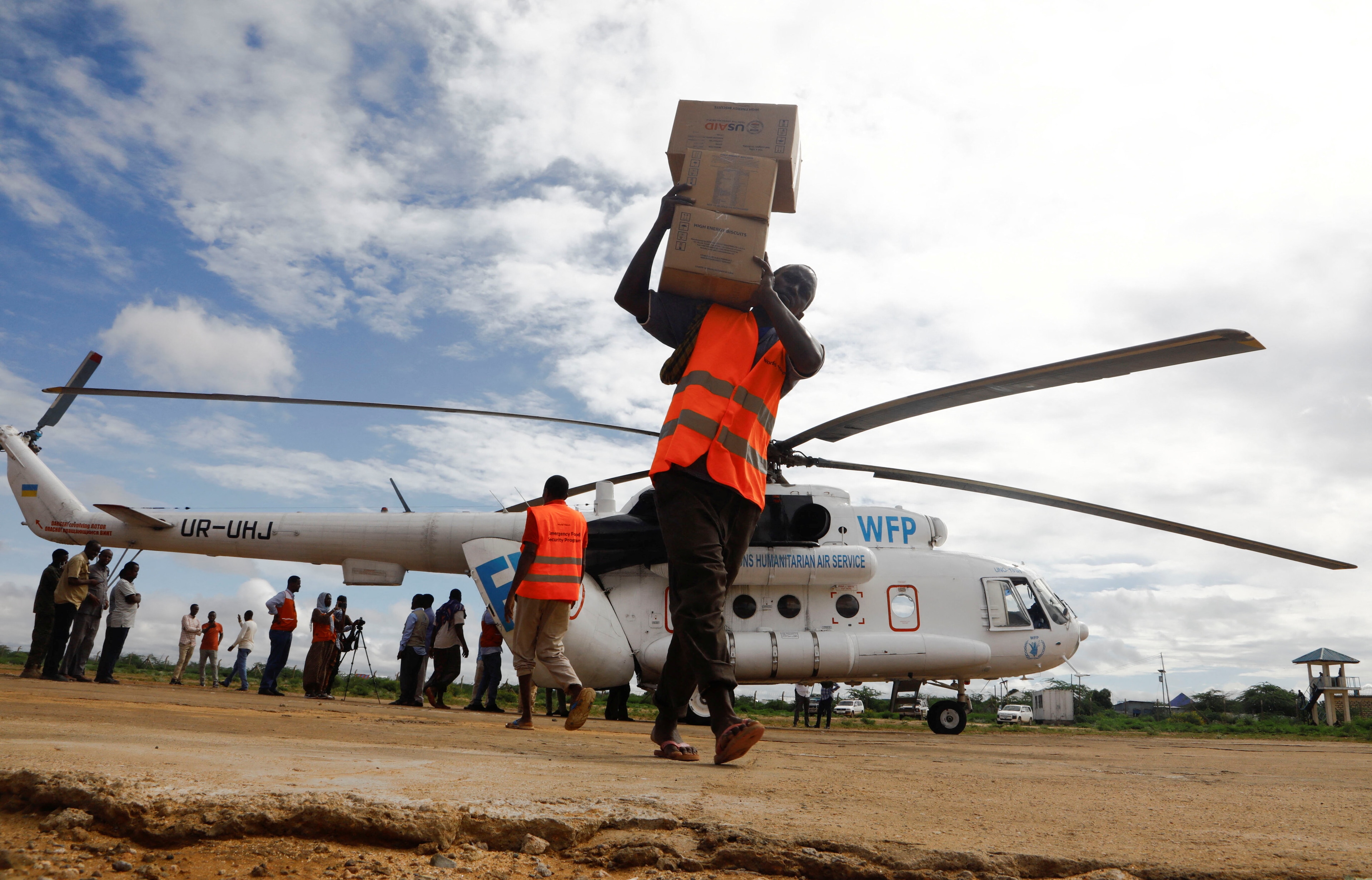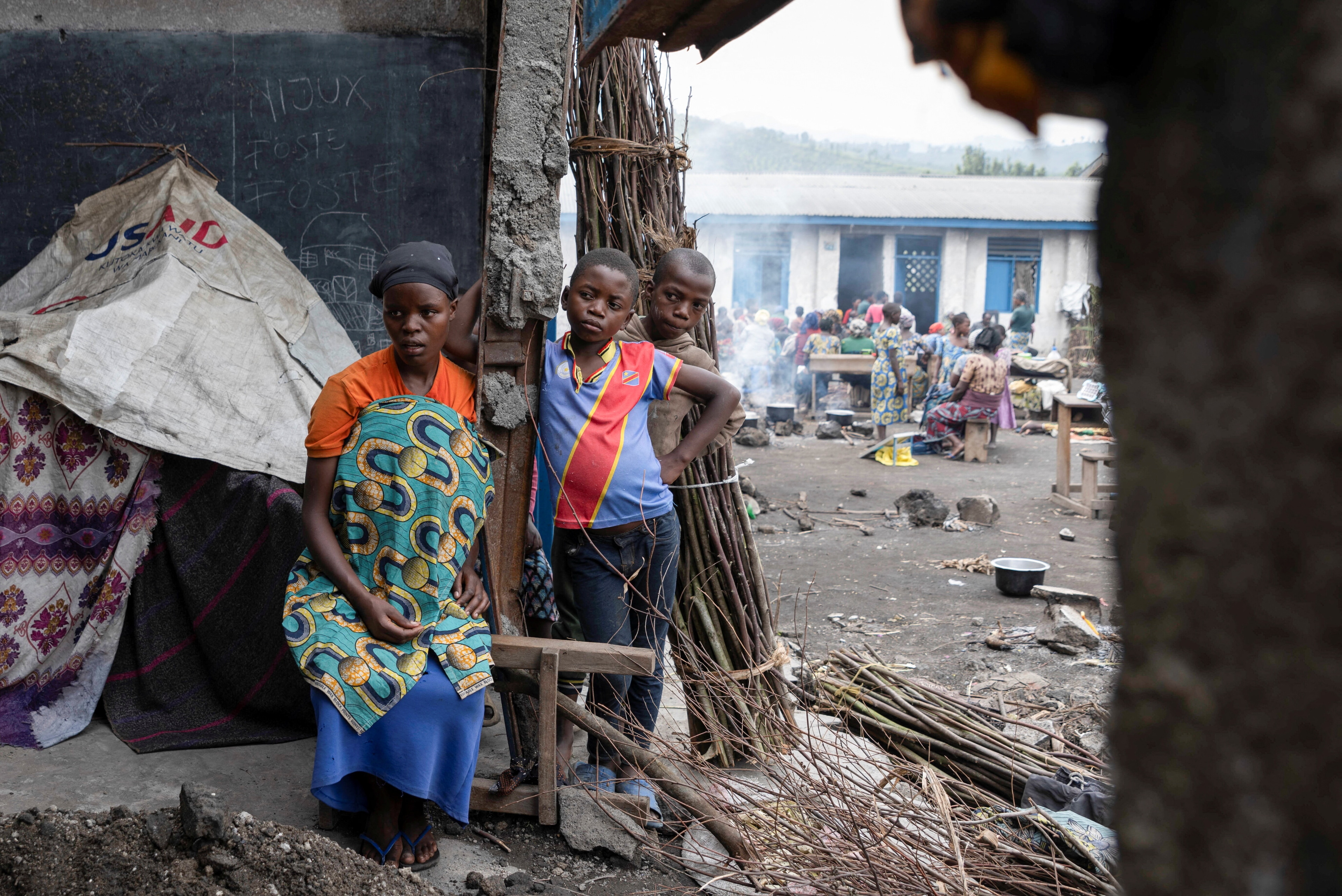Jihadism in southern Thailand – A phantom menace

Thai security forces patrol the railway in the troubled southern province of Yala
Image: REUTERS/Surapan Boonthanom
Stay up to date:
International Security
This article is part of the World Economic Forum's Geostrategy platform
The decline of the Islamic State (ISIS) and the advent of ISIS-linked violence in South East Asia evince the possibility of a new era of transnational jihadist terrorism in the region.
Recurring, albeit unsubstantiated, reports about ISIS activity in Thailand have prompted questions about the vulnerability of the country’s Muslim-majority deep south and, in particular, its longstanding Malay-Muslim insurgency to jihadist influence.
To date, there is no evidence of jihadists making inroads among the separatist fronts fighting for what they see as liberation of their homeland, Patani, argues the Crisis Group report, Jihadism in Southern Thailand: A Phantom Menace.
But the conflict and a series of ISIS scares in Thailand are fanning fears of a new terrorist threat. Such fears are not irrational, though they are largely misplaced and should not obscure the calamity of the insurgency and the need to end it.
Direct talks between insurgent leaders and the government are a priority; a decentralised political system could help address the principal grievances in the south while preserving the unitary Thai state.
Transnational jihadism
Al-Qaeda and ISIS have exploited protracted conflicts across the Muslim world to further their agendas, including in areas that are under the sovereignty of capable states but where central government authority is weak.
During the ISIS era, transnational jihadism in South East Asia mostly has been a “bottom-up” phenomenon with pre-existing militant groups (for instance in Indonesia and the Philippines), proclaiming allegiance to ISIS. In these countries, as well as Malaysia and Singapore, individuals and small groups unaffiliated with a militant network have also sought to join ISIS or act in its name.
Yet such patterns of involvement with ISIS or other jihadist groups to date have not manifested themselves in southernmost Thailand. One reason is that Thailand’s Malay-Muslim society is not a sympathetic milieu for transnational jihadism; the country’s Muslim religious leaders, both traditionalists and reformists, overwhelmingly reject the Salafi-jihadist ideology espoused by ISIS and al-Qaeda.
Motivations for joining jihadist groups vary and frequently are not linked to ideology or religious conviction.
”Motivations and propaganda
To be sure, this diminishes, but does not remove the risk of some Malay Muslims turning to jihadism.
Motivations for joining jihadist groups vary and frequently are not linked to ideology or religious conviction. Jihadist propaganda could potentially sway some individuals. However, those Malay Muslims motivated by desires for comradeship, identity or devotion to a cause – not to mention grievances against the Thai state – appear more likely to be absorbed by the Patani liberation movement, given its roots in local society, than by transnational jihadist groups.
Indeed, the Malay-Muslim insurgency is distinguished by its parochialism.
The militant organisation pursues national self-determination over a specific territory, seeking to join, rather than destroy, the international system. Patani-Malay militant leaders are antagonistic to ISIS and similar groups and see their fronts as bulwarks against jihadist influence.
They say that allying with ISIS or al-Qaeda, or emulating signature tactics such as suicide bombings and indiscriminate mass-casualty attacks, would cost them a claim to international legitimacy, erode their local support and invite hostile foreign intervention.
Malaysia, contending with a domestic ISIS-inspired threat, is not likely to tolerate such an association among the Patani militant leadership in exile there.
This is not a reason for complacency. Continued stalemate, tactical reversals, impatience with, or opposition to the slow-moving peace dialogue process between Bangkok and some separatist fronts – or even broader frustration with the prevailing strategy – could arguably encourage a splinter group to employ extreme violence in a bid to gain leverage. The example, or support, of jihadists might be attractive to militants disaffected with their leaders.
But it is a reason to question some of the more alarmist voices.
The Patani liberation movement has a history of factionalism, and the main militant front, the Barisan Revolusi Nasional Melayu Patani (Patani-Malay National Revolutionary Front, BRN), is highly secretive, yet there are no clear indications of acute generational or ideological divisions.
Fears of jihadist influence based primarily on the argument that “things can change” must be weighed against evidence that there is no appetite among the leadership of existing militant groups for affiliation with ISIS or like-minded groups.
The priority for the Thai government and Malay-Muslim militants should be to end the conflict that has cost almost 7,000 lives since 2004, not to act on speculation regarding possible jihadist inroads.
Volatile regional convergence
The longer the conflict continues, the greater the risk of increased polarisation, intensified insurgency that could spread outside the deep south, as well as miscalculations that transnational jihadists could exploit.
The exodus of ISIS fighters from the Middle East, the propaganda victory of pro-ISIS fighters in the Philippine city of Marawi, Mindanao, and calls from ISIS and al-Qaeda to avenge the Rohingya who were forced to flee Myanmar represent a potentially volatile convergence for the region.
To address these multiple risks, Bangkok and the Patani-Malay National Revolutionary Front (BRN) should communicate clearly to constituencies in the deep south that they take seriously both broader social aspirations and concerns and the grievances of various insurgent fronts. Doing so will require Bangkok to re-energise the peace dialogue process and the BRN to engage in it, with the objective of devising a political solution for the deep south based on decentralisation.
More generally, the government should return rights to free expression and political assembly so that people are able to articulate local preferences and peacefully effect change.
Jihadism in Southern Thailand: A Phantom Menace, the International Crisis Group
Don't miss any update on this topic
Create a free account and access your personalized content collection with our latest publications and analyses.
License and Republishing
World Economic Forum articles may be republished in accordance with the Creative Commons Attribution-NonCommercial-NoDerivatives 4.0 International Public License, and in accordance with our Terms of Use.
The views expressed in this article are those of the author alone and not the World Economic Forum.
Forum Stories newsletter
Bringing you weekly curated insights and analysis on the global issues that matter.
More on Resilience, Peace and SecuritySee all
Florian Krampe
July 31, 2025
Naoko Tochibayashi
July 28, 2025
Vanina Farber
July 21, 2025
Robert Piper
July 17, 2025
Resilience roundtable: How emerging markets can thrive amid geopolitical and geoeconomic uncertainty
Børge Brende, Bob Sternfels, Mohammed Al-Jadaan and Odile Françoise Renaud-Basso
July 9, 2025
Kate Whiting
June 19, 2025





